Białystok
Białystok is northeastern Poland’s largest city and the capital of the Podlaskie Province. Sitting close to the borders with Belarus, Lithuania, and Russia, Białystok is a very culturally diverse city and home to the inventor of the universal language Esperanto. The city is surrounded by numerous natural and historical sites. Among these is the UNESCO listed Białowieski National Park, the habitat of the European bison.
Białystok may only be middleweight in terms of size, but it packs a heavyweight punch when it comes to reasons to visit. Its main drawcard is undoubtedly its gorgeous natural beauty. Fields of sunflowers, stunning parks, enchanting forests, and lush vegetation have earned it the reputation of being a green city. Białystok looks set to become even greener: the government plans to increase its eco-friendly status by adding more green areas around the city. Even a few of the local bus stops had their roofs and side walls covered with plants.
Its fabulous blend of nationalities has forged an eclectic range of multicultural local customs and folklore. A massive cultural scene for people of all ages, a calendar full of sporting events, and buzzing nightlife all make a visit to the Podlaskie capital a good idea.
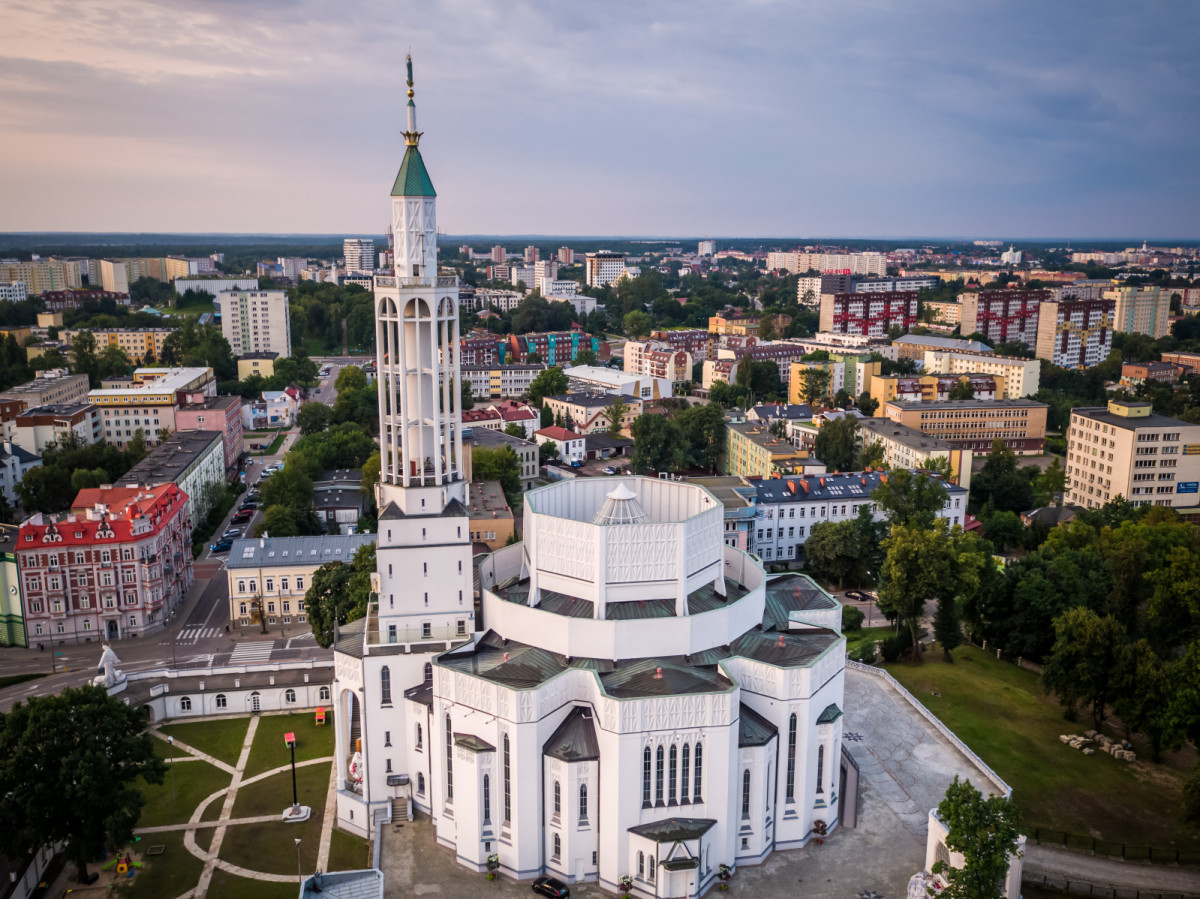
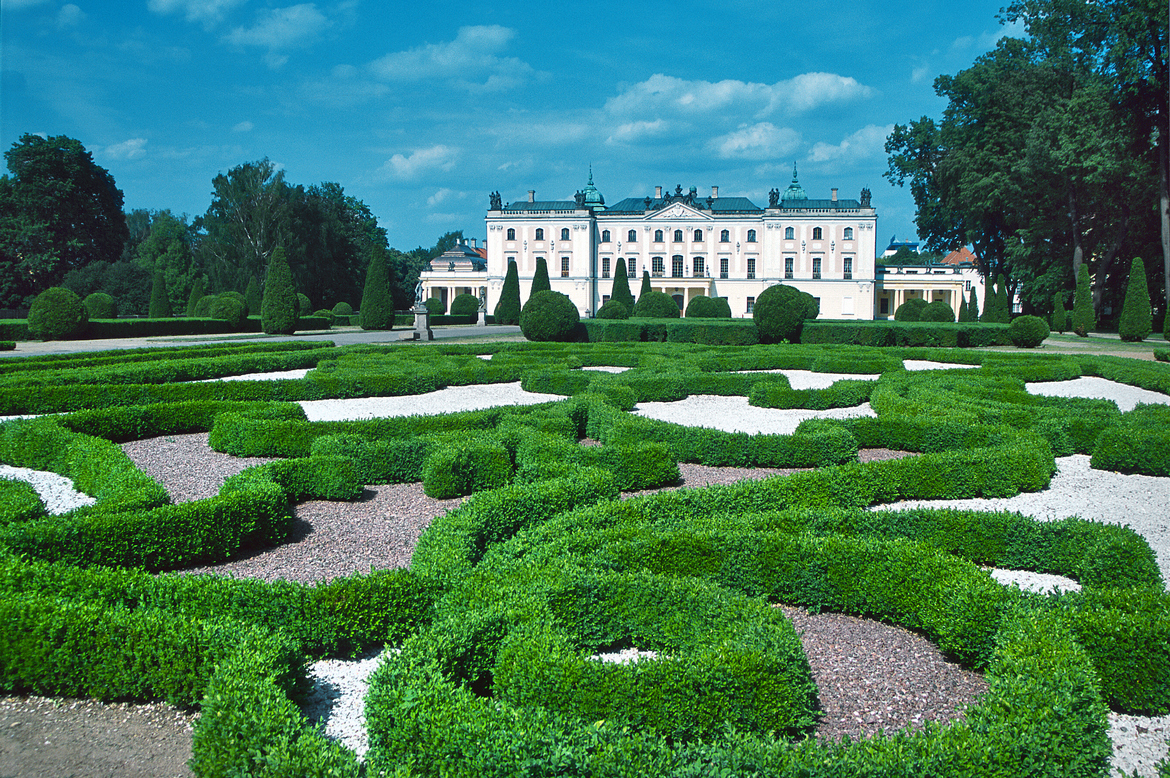
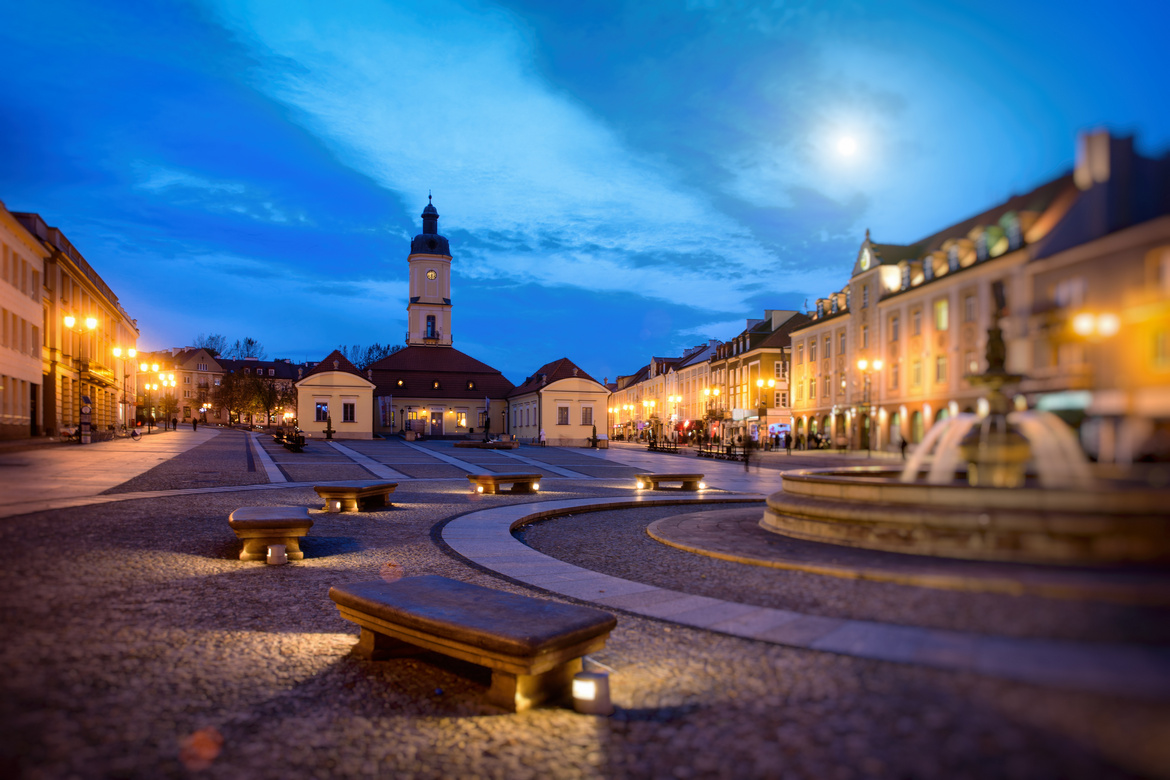
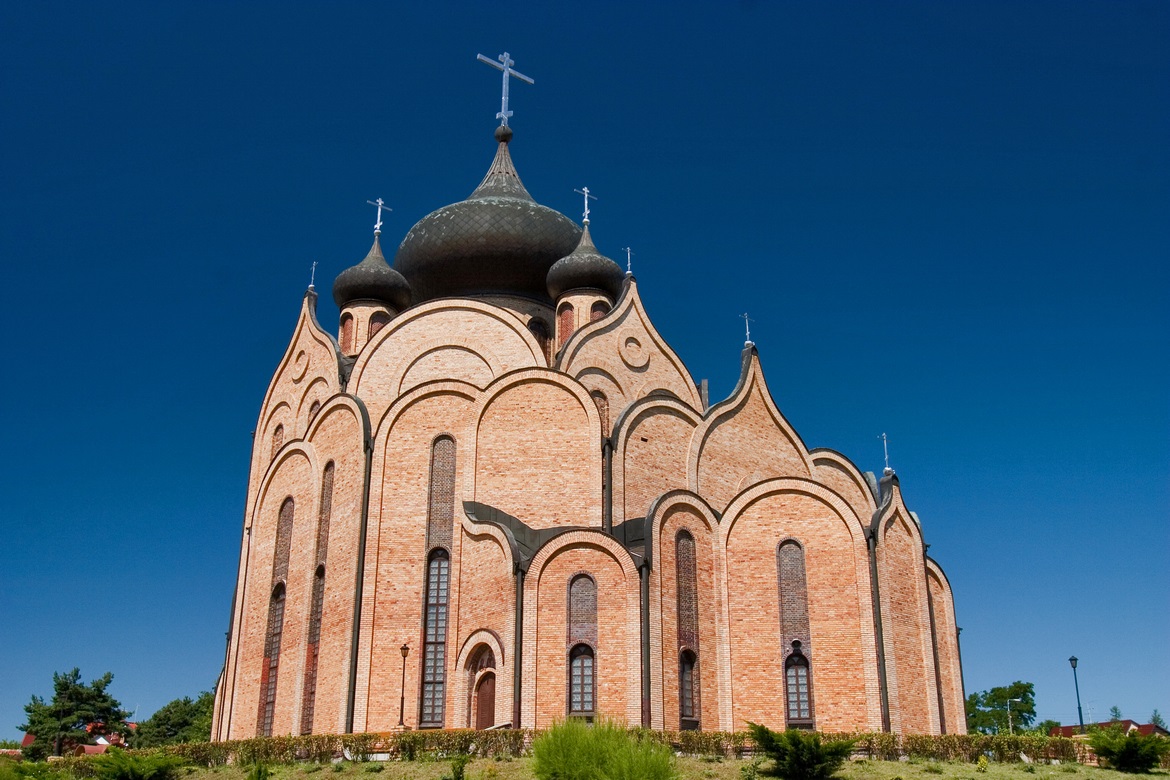
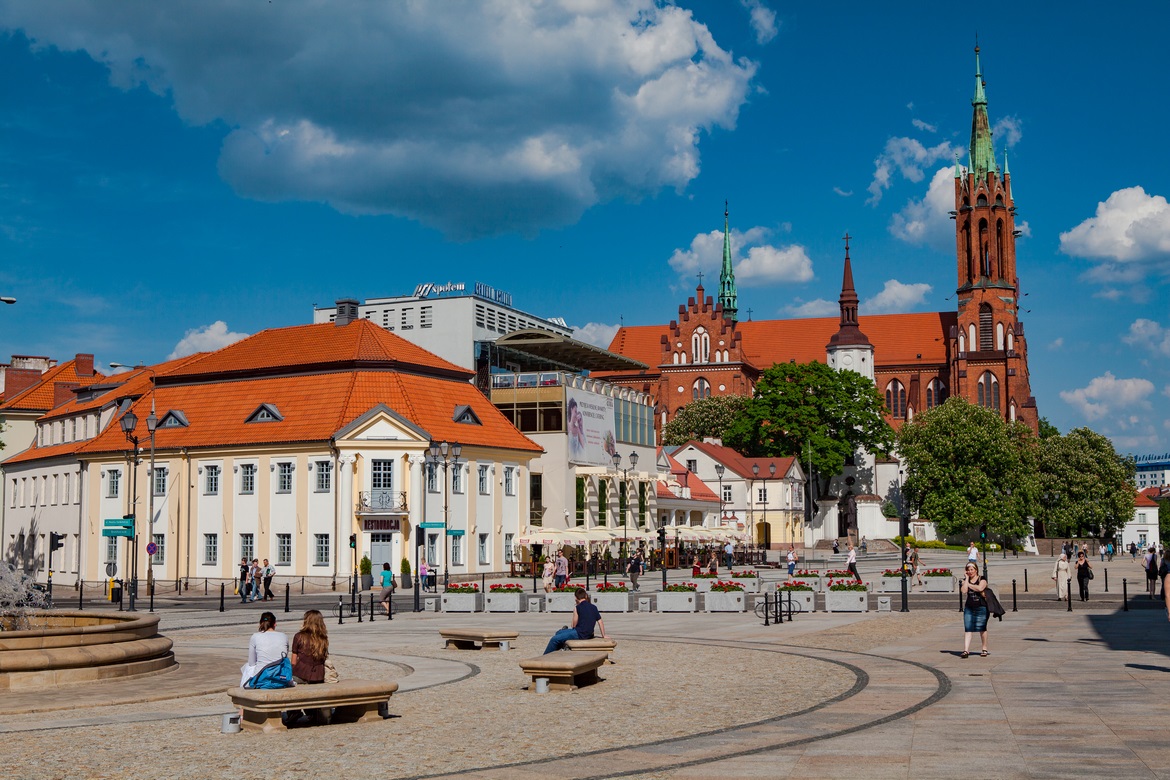
Home of the famous Branicki family
No visit to Białystok is complete without a mini-history lesson involving its most famous inhabitants, the aristocratic Branicki family. In total, the family ruled the city from the 1660s to the early 19th Century. Still, it was one couple, in particular, Jan Klemens and his wife Izabela, who did most for the city’s development, namely the urban planning and the historic buildings of the city center. You can find out much more about their colorful history on the Branicki Route, which includes the spectacular Branicki Palace, sometimes referred to as the „Polish Versailles.” This magnificent Baroque palace and surrounding gardens are a home genuinely fit for a king, which is ironic when you consider that’s exactly what Jan Klemens very nearly was.
The route also includes a stop at the town hall-that-never-was, with its crisp Baroque architecture and vivid orange-tiled roof. The building was never actually used for its intended purpose and was instead used sporadically for trade. Today it serves as the headquarters of the popular outdoor Podlaskie Museum and also features as one of the sites on the city’s Jewish Heritage Trail.
Jan Klemens Branicki’s heart, incidentally, is interred in the late-Renaissance old parish church, which is the city’s oldest building. Together with the minor basilica, it forms the rather lengthily named Cathedral Basilica of the Assumption of the Blessed Virgin Mary, which is also the final resting place of Izabela.
Other stops on the Branicki Route include buildings that were part of the family’s sprawling 18th Century estate: the Guest Palace, the Daughters of Charity convent of St Vincent de Paul, the Cekhauz/Armoury, the Old Inn and the Branicki Palace in Choroszcz.
Heaven for church lovers
Białystok is, excuse the pun, heaven for church lovers. From September 2019, visitors now have two church routes to choose from: the new Orthodox Church Route or the original Białystok Church Route. Whichever you go for, you’ll stop off at the Holy Spirit East Orthodox Church, and rightly so. As the biggest Orthodox church in Poland and one of the largest in Europe, it stuns with exterior and is nothing short of spectacular on the inside. It boasts the tallest iconostasis in Poland and a unique giant chandelier, designed in a magnificent crown formation. Built-in Minsk, the chandelier has a diameter of six meters, twenty feet, and beautifully symbolizes the Holy Spirit descending to Earth. See if you can spot the apostles and saints in the stained-glass cuboids, and while you’re there, pray that it doesn’t fall on your head – the chandelier weighs in at a whopping 1,200 kg/2,645 lbs.!
Regardless of which route you choose, these are all well worth putting on your list of must-sees: the Saint Sophia Orthodox Church of Divine Wisdom, which was modeled on the Hagia Sophia in the former Constantinople (Istanbul); the Muslim Prayer House that now serves as a mosque; and what used to be known as the Cytron Synagogue, which today is home to the Śledziński Gallery, displaying artifacts from the famous Śledziński family.
A bit off the beaten track stands the Orthodox Church of St. Nicholas the Miracle Worker. It is home to a copy of the noted and highly revered Icon of the Mother of God. Interestingly enough, the original painting was lost in Russia during the October Revolution.
With its splendid white and modern spire, stands the St. Roch Basilica. The shrine is a symbol of Poland’s regained independence and remains an indispensable part of Białystok’s cityscape. If you’re feeling up to it, you can climb the tower to be rewarded with magnificent views across the city.
The home of Esperanto
Bet you didn’t know Esperanto came from Poland, did you? Not only that, it came from Białystok. Tourists following the Trail of Esperanto and Many Cultures will learn all about the life of one of Białystok’s most famous natives, Ludwik Zamenhof, creator of the language (which, incidentally, he invented to try and promote communication between the many nationalities who arrived to work during the industrial boom). Other activities include the Wooden Architecture Trail, the Białystok Factory Owners Trail, and the Bojary Route.
Street art that tells a story
Get your cameras or phones charged and ready and pop on some comfortable footwear before embarking on a street art-finding mission because there are some seriously impressive works dotted around the city. Most notably, perhaps, is Polish artist Natalia Rak’s Girl with a Watering Can. The enormous, vibrant, and utterly charming mural of the red-headed girl in traditional Polish dress watering a tree adorns the wall of the Chemistry Institute at the University of Białystok and is just begging to be posted on social media. Other noteworthy murals are all related to themes of history, nature, tolerance, and multiculturalism, some of which feature Henryk Sienkiewicz, Rev. Michał Sopoćko, and Ludwik Zamenhof, among others. Another well-known mural is Instability by the Italian artist Francesco Camillo Giorgino, aka Millo. There are almost 40 of these murals to enjoy, so if street art is your thing, be sure to allow yourself sufficient time.
The city hosts a series of important cultural events, such as the International Festival of Music, Art, and Folklore (otherwise known as the Podlasie Octave of Cultures), the Up To Date Festival, Modern Art Days, Autumn with the Blues, the ŻubrOFFffka International Short Film Festival, the International Festival of Puppet Theatre for Adults (the Puppet Metamorphoses), and the popular musical event, the Halfway Festival.

